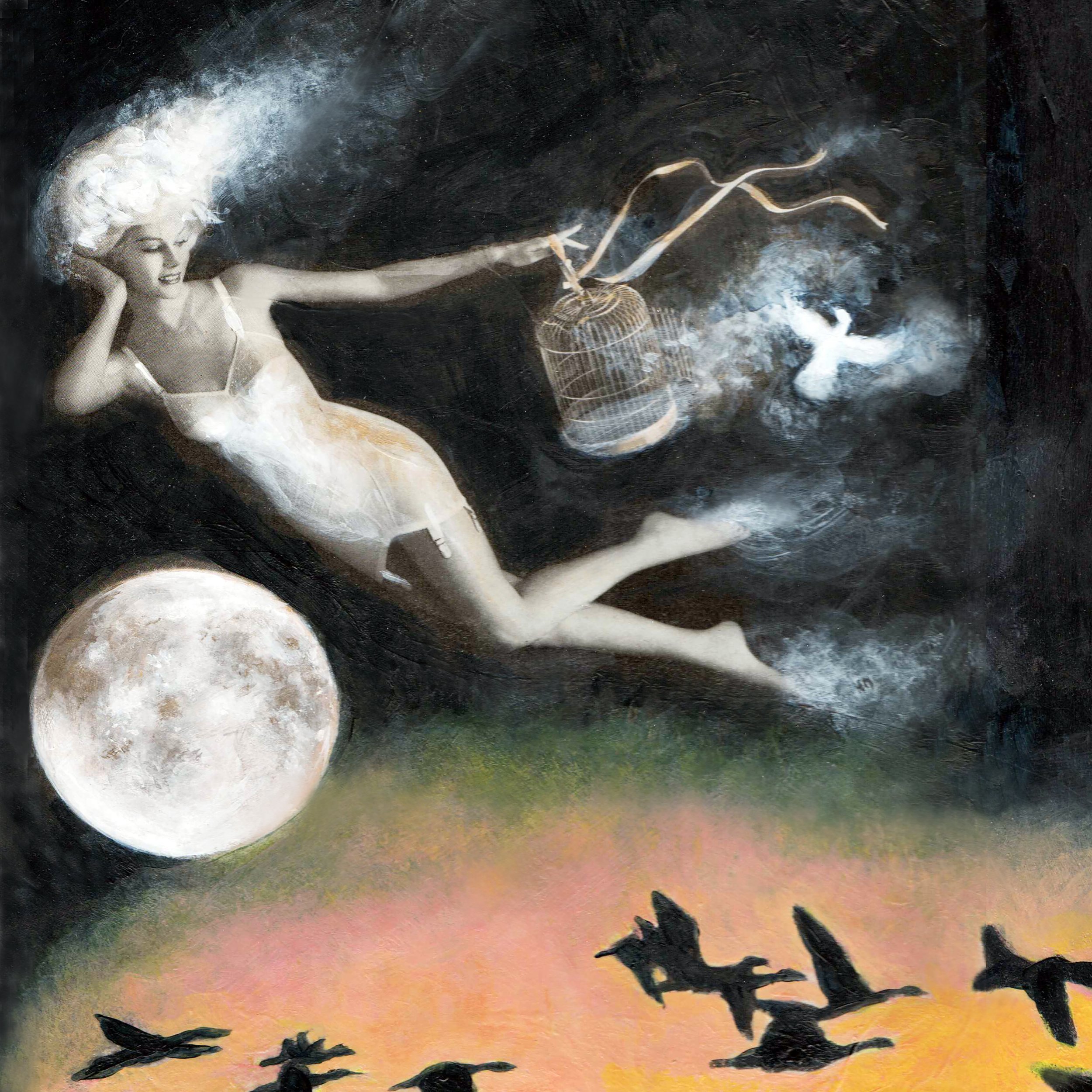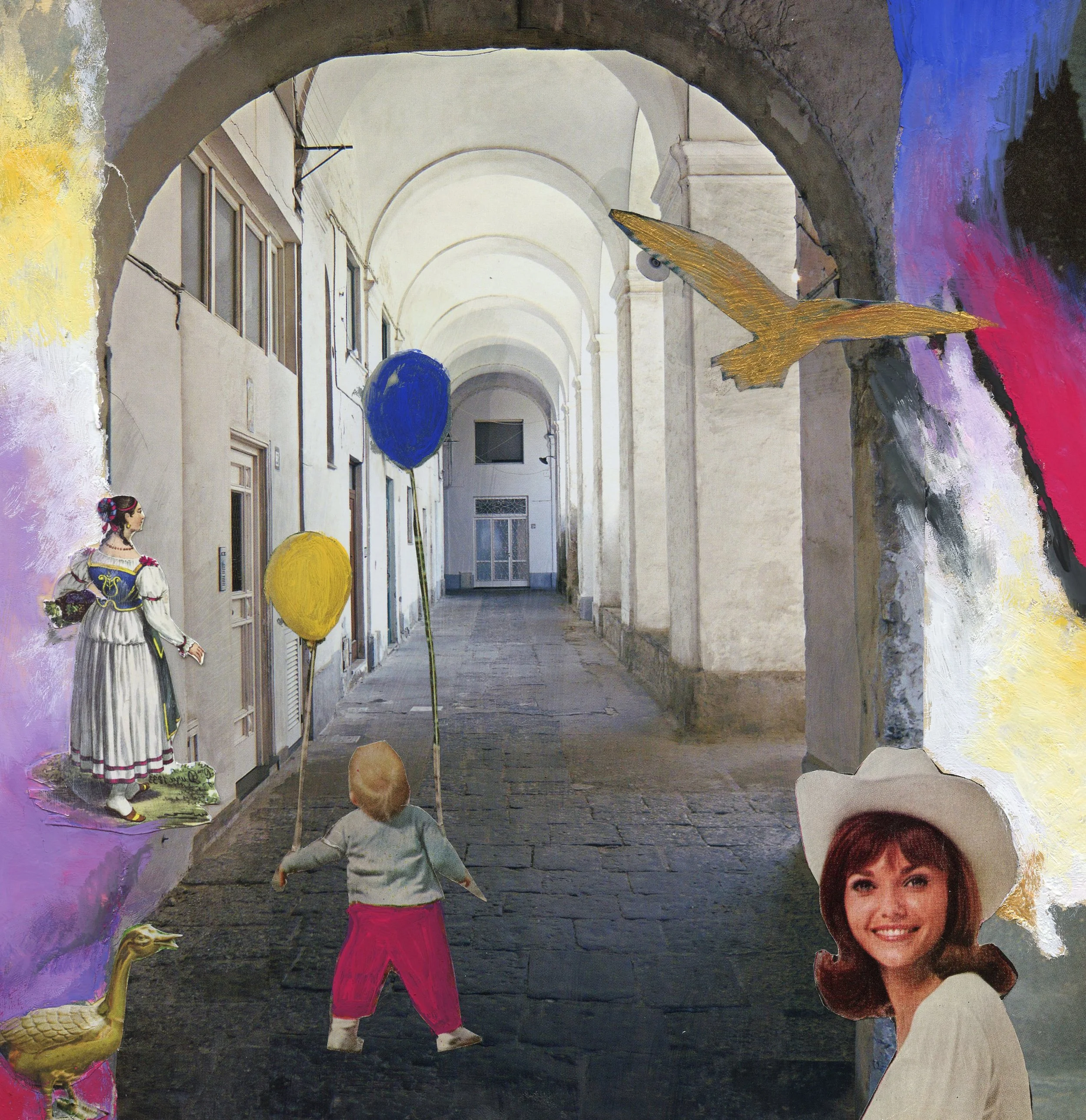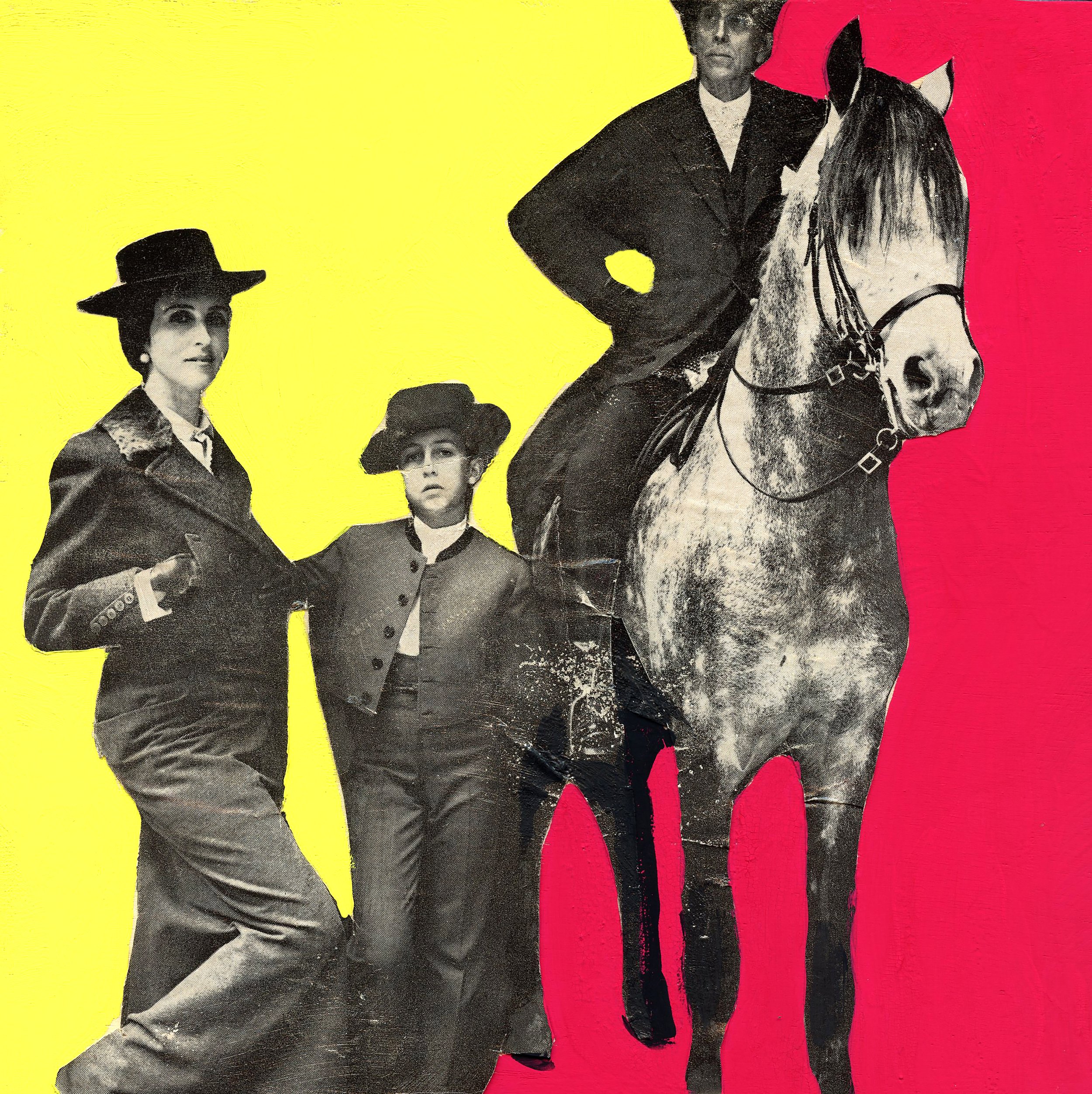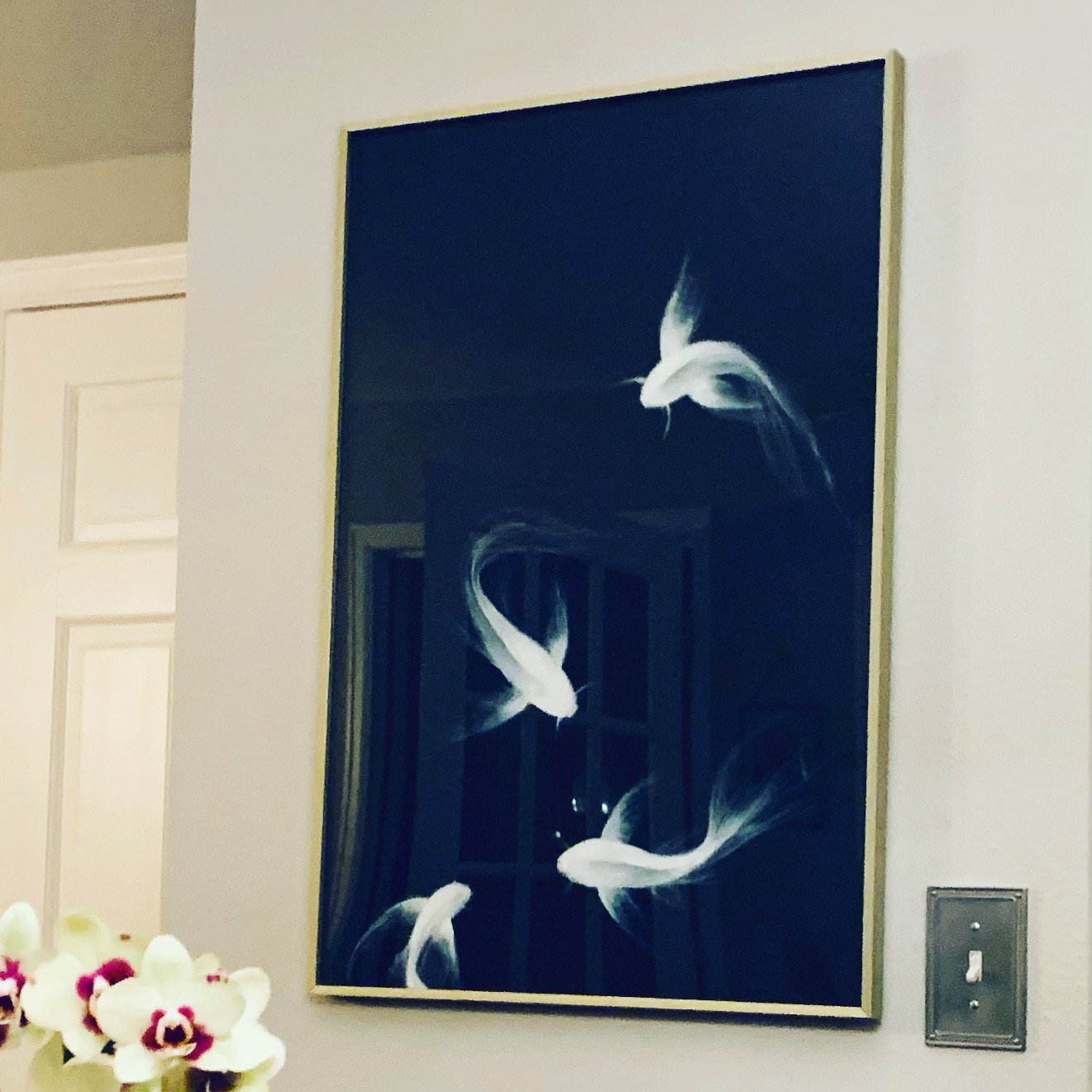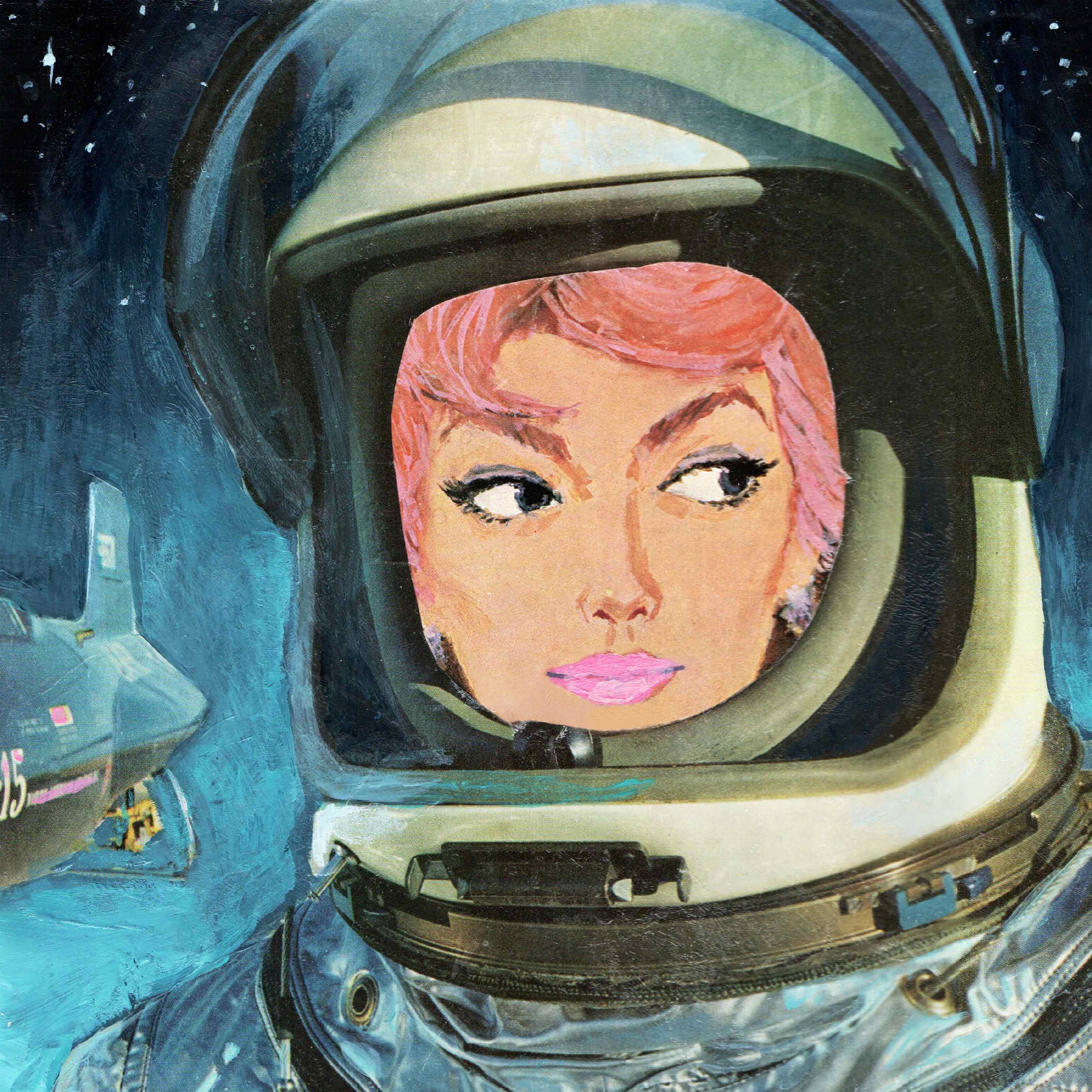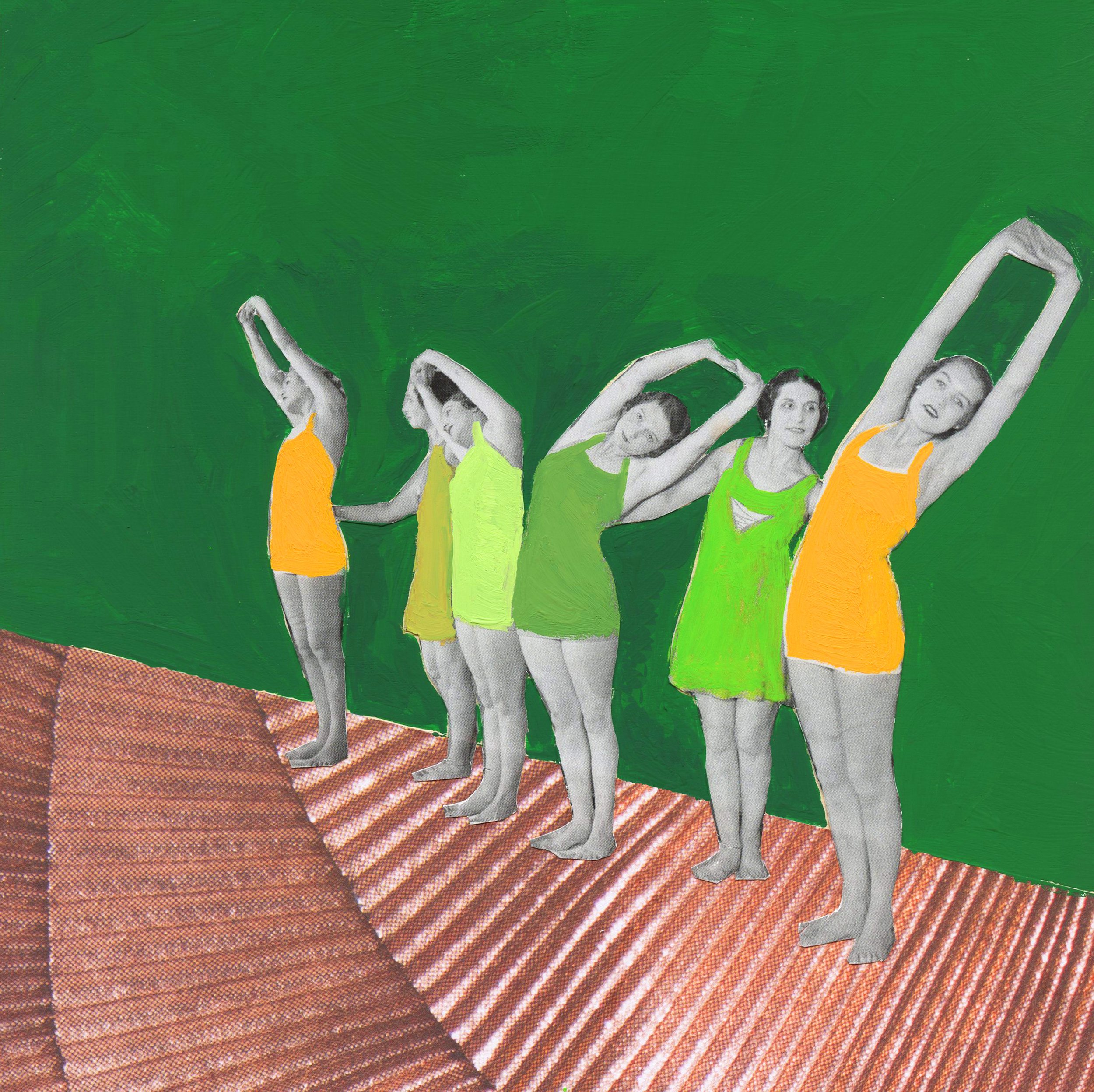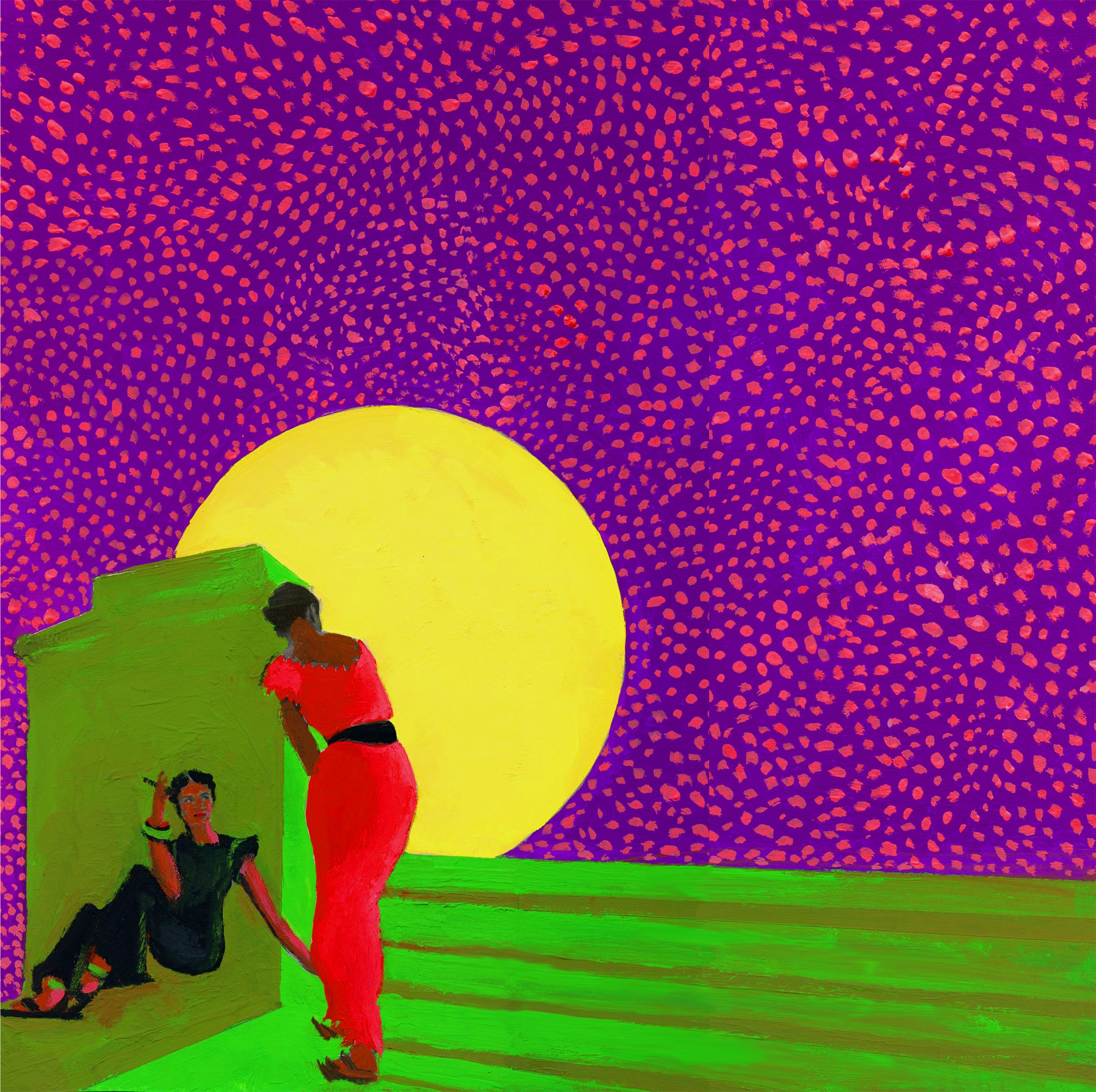Interview
Rebecca Wolfe
Raised in Northern California, Rebecca has been creative from a young age. In her teens, she worked for a gold smith and later became an Industrial Designer for companies such as William Sonoma.
Rebecca has a graduate degree in industrial design from Art Center College of Design in Pasadena, California.
She has recently returned to her true love, which is being an artist—spending more of her time developing creative works.
Rebecca currently lives in Colorado.
What is your background and how did you start your journey in the art world?
“I’ve been creative since I was old enough to hold a pencil. I spent time every day after school doing art. I was told I could never make a living as an artist, but the only thing I connected with was the creative world.
After graduating from college, I worked for great companies, but my focus was always on getting back to art again in the future. So I’m excited to be able to give art more of my time and attention now that I’m in my 40s.”
What inspires you?
“I’m inspired by so many things in life: the beautiful world we live in, architecture, and tasteful form and function. The way the light falls across the floor, and various color palettes, textures and materials are also a great inspiration. And of course, music that softens the soul.
I get new ideas from my environment, my travels, and all the curious, odd things I see everyday. I'm inspired also by what other designers and artists are working on. That gets my wheels spinning.”
“I often see a lot of ideas in my imagination at the same time, and I struggle to keep up with all of them at once.
I try to make lists when this happens.”
What themes do you pursue? Is there an underlying message in your work?
"I have three themes that I’m working on right now. The first is an extension of the Pop Art gallery, but in oils. After composing the ones I have now in a lighthearted way, I want to celebrate these various old images of people from our past in large paintings to express the human spirit.
The second theme is what I call ‘Earth Mandalas’, as seen on my Instagram page. This involves creating designs using animals, plants, and things in nature in a geometric circular pattern to celebrate the beauty of our planet.
My third theme is paintings on black with a calming vibe. My overall message is appreciating nature’s beauty and our human connection.”
How would you describe your work?
“My work is probably a little commercial in some regards, and appealing to general public. I’ve always been a little ‘safe’ in my style. Right now, I really want to see more beautiful and playful art in people’s homes.
Eventually, I hope to push myself more into going beyond that.”
Which artists influence you most?
“That’s a tough one because they all have some influence on my work, in a way—even the bad ones.
However, I do love Klimt, Botticelli, Rothco, O'Keffe, Wharhol, Mucha, Haring, and many of the classics we grew up with. But I don’t know who is hot right now, although I probably shouldn’t admit that here!”
What is your creative process like?
“I spend a lot of time in my head before getting to work. I plan the whole thing out in advance in my mind’s eye, so that when I do get down to actually painting, I feel my hands are moving much slower than my mind.
I sometimes research and sketch out what I want to do first, prior to any painting. Once I’m part way through the project, I feel a bit more relaxed and excited to see it coming together. And if the piece doesn’t work out, as sometimes happens, I throw it away.”
What is an artist’s role in society and how do you see that evolving?
“Without art—including books and music—to express the mind and soul of our collective, what do we have? Art is part of the greater human spirit as a whole. In these strange times we’re living in, I continue to see people posting these incredible AI drawings on social media that everyone is quite fascinated by. In many cases, people don’t even realize it’s AI art unless it’s mentioned.
Over the next 10 years, I think the AI art excitement will die down. The public might even develop a distaste for it. There will be an even greater appreciation for human art, since to be an artist is human.
To quote Stella Adler, ‘Life beats down and crushes the soul, and art reminds you that you have one.’”




